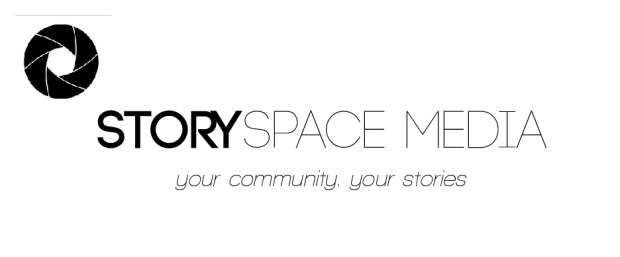Storyspace
Storyspace is a hypertext writing environment that is especially well suited to large, complex, and challenging hypertexts. Storyspace focuses on the process of writing, making it easy and pleasant to link, revise, and reorganize. Storyspace is available for Windows and Macintosh computers.
Storyspace creates hypertexts that you are free to publish or redistribute free. Storyspace hypertexts can be saved as stand-alone programs or exported to the World Wide Web.
Storyspace excels at creating rich hypertext structures. The unique and powerful Storyspace map shows each hypertext writing space and each of its links. Because writers can add, link, and reorganize by moving writing spaces on the map, Storyspace encourages creative exploration and flexibility.
Storyspace is best known as the tool of choice for serious hypertext writers. Storyspace is also popular for research and analysis, especially in difficult areas like anthropology and journalism, where the organization of information often changes as information accumulates. Because Storyspace is easy to use, and because it helps writers to visualize and manipulate their work, Storyspace is also popular in writing courses and workshops throughout the world. For one of these courses, Prof. Jean Clement of the University of Paris 8 has written a French-language guide to Storyspace.
(eastgate.com)
Works Developed in this Platform:
- 1 of 2
- next ›
Critical Writing Developed in this Platform:
Storyspace was the first software program specifically developed for creating, editing, and reading hypertext fiction. It was created in the 1980s by Jay David Bolter and Michael Joyce, who presented it to the first international meeting on Hypertext at Chapel Hill in October 1987.
Several classics of hypertext literature were created using Storyspace, such as Afternoon, a story by Michael Joyce, Victory Garden by Stuart Moulthrop and Patchwork Girl by Shelley Jackson.
Storyspace has also been used extensively in secondary and tertiary education for teaching writing skills and critical thinking. It has been used for teaching creative writing in particular, and was especially popular in the early years of the web when hypertext linking was less fluid and web pages had to be hand-coded in HTML. Proponents argue that Storyspace's visual maps of how hypertext nodes or lexia are connected allow students to focus on writing in hypertext rather than on technical issues, and that linking and/or visually juxtaposing ideas allows students to develop a visual logic.
(Wikipedia)


